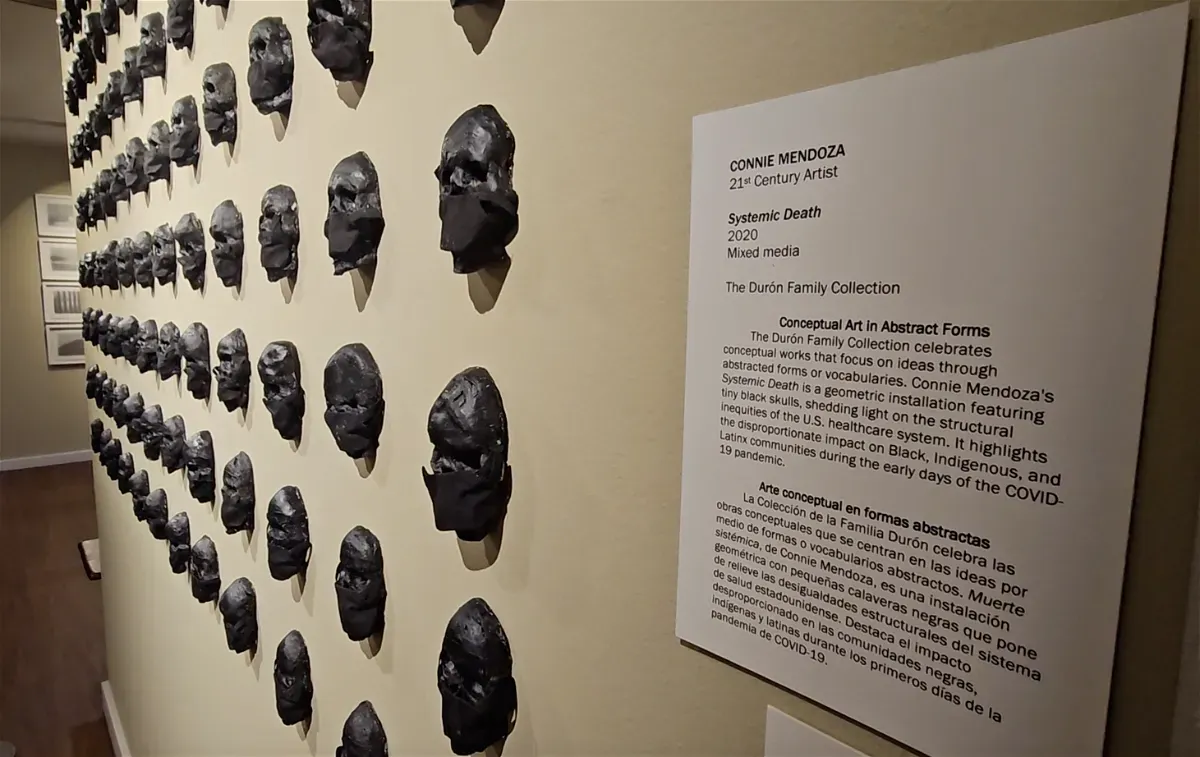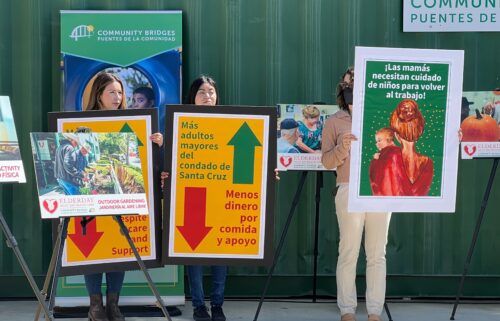Chicanos in Monterey County defend their identity and preserve their Mexican culture through art
MONTEREY COUNTY, Calif. (KION-TV)- Being of Mexican descent, but born in this nation, Chicanos have very often felt discriminated against. Several decades after the Chicano Movement, these new generations continue to show the pride of belonging to both nations.
The challenge for this racial group has been to find a sense of belonging, since Chicanos by definition are people born in the United States but of Mexican descent.
Jalissa Anguiano is a third-generation Chicana, and says she grew up surrounded by Mexican culture. In his elementary years he lived a lot with Mexican students, but when he entered high school he had divided emotions.
"But when I went to high school, that was more different because there are more Americans there, and they didn't think that I was Chicana, well, I'm very white," Jalissa continued.
In order to preserve Chicano culture in small communities, professor of Latino/Chicano Studies at the University of San Francisco, Karen Mary Davalos, selected 100 works by Chicano artists from the Durón Family Collection.

Armando and Mary Salinas Durón began collecting works of art of Mexican descent. From contemporary art to paintings from the '70s, this exhibit is at the Monterey Museum of Art.
Davalos assures that Chicano art reflects the perception of growing up in an isolated world, it reflects the rebellion of a traditional American art with the colorful touch and folklore of a Mexican mind.
In the 1960s, students protested the academic gap during the Chicano movement. A movement that is still used today by Chicanos and Latinos, to ask for racial equity.
Carlos Cortez, who is a Chicano artist in Monterey County, also expresses his Mexican roots and Chicano identity, and narrates the origin of this term.
"It was a negative term, but over time people began to adopt it... they identified as Chicano, and the word from what he remembers was, like saying, a little Mexican," Carlos added. "You are not Mexican, you are a Mexican, a Chicanito."
And although the Chicano community feels more appreciated by the Anglo-Saxon population, they continue to fight language barriers, which distance them from their own family members.
"When I was younger, because I'm güerita, you know, everyone told me, you're güera, you're güera, you're pocha, and I said, how do you think, yes, just like the rest of you," said Emily Morales, executive founder from Artist Ink, in Salinas.
Emily expresses her culture through theater, but at the beginning of her career she only got roles related to her Hispanic origin.
His scripts often featured a Mexican woman or a girl of Hispanic origin as a background character. More local artists have sought spaces to express their Chicano identity.
"We have used the term Chicano as an empowerment to talk about our experience, Mexicans and Americans... at the end of the day we are more American than anything... I am Chicano, but I am more American than anything because I am from the Americas," Carlos continued.
According to the population report in Monterey County, there are 60% of people who identify as Hispanic, with 6% calling themselves multiracial Hispanics.
A race that reflects its culture on the streets and walls throughout the region.
The population of Hispanic children born in Monterey County reached more than 71% according to Kids Data, a number that continues to grow, contributing to the growth of multi-race Hispanics in the region.
The Durón Family Collection will remain on display until April 28 at the Monterey Museum of Art.




